Publications Routes/Roads Road pavements
This page lists Routes/Roads articles of PIARC in the field of road pavements. These publications are classified chronologically.
-
New pavement types reduce rolling resistance
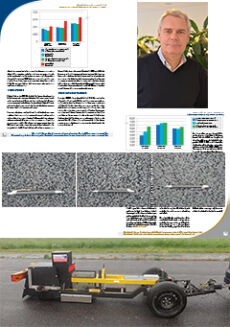
This article describes how the implementation of a new asphalt pavement type reducing the rolling resistance enabled the reduction in CO 2 emissions in Denmark.
-
Cyclist and pedestrian mobility in France
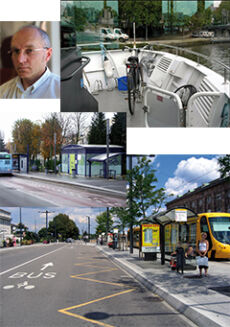
From revising urban planning around the automobile to supplanting the automobile in favor of alternative modes of transport, France's urban areas are changing with the implementation of new regulatory tools that have fueled many new ideas.[...]
-
Quebec gives its full support to cycling!
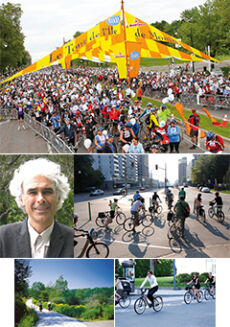
The province of Quebec's population of nearly 8 million is concentrated in the Saint-Laurent Valley. Quebec residents must contend with harsh winter conditions that heavily limit bicyclists' activity. Yet despite this constraint, a cycling culture has been ingrained throughout the province unlike any other in North America. Over half of all adult Quebecois ride bikes, with more than a third getting out to pedal at least once a week. The number of cyclists using their bikes for transportation in [...]
-
"Stadtmitte Am Fluss" Saarbruecken moves back to its river
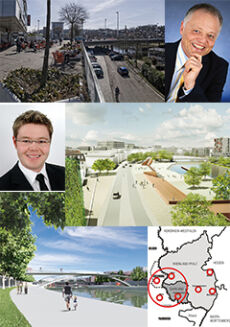
Planning paradigms like the "car-oriented city" have left their visible traces in European cities. Individual districts, as well as highly attractive spaces along rivers and streams, are often separated from the city center by large infrastructure like major streets or railway tracks. As it is very difficult or impossible to remove the infrastructure, so new strategies have to be developed to overcome these major urban barriers. They are barriers both to physical movement of pedestrians, cyclists [...]
-
Corrosion-induced degradation of reinforced concrete structures: from understanding the phenomena to monitoring the structures
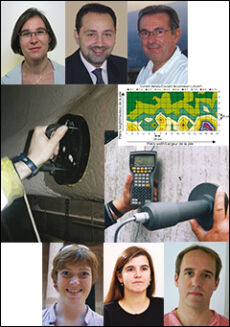
A major challenge in the area of bridge management consists of controlling the structures' lifetime while maintaining serviceability; this responsibility necessitates the right set of tools for comprehending, monitoring and predicting the evolution of their structural condition. Among the asset of civil engineering structures, concrete construction tends to be the most widespread. Controlling the aging of such structures has thus become a major economic consideration. Limited knowledge of degradation [...]